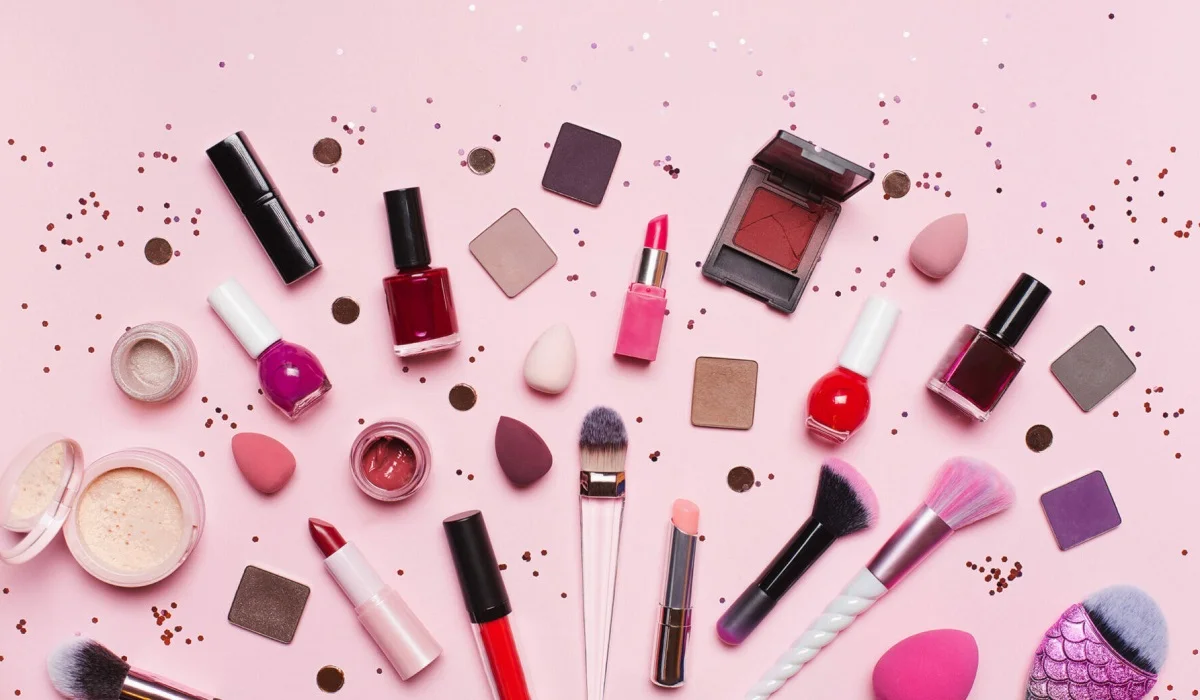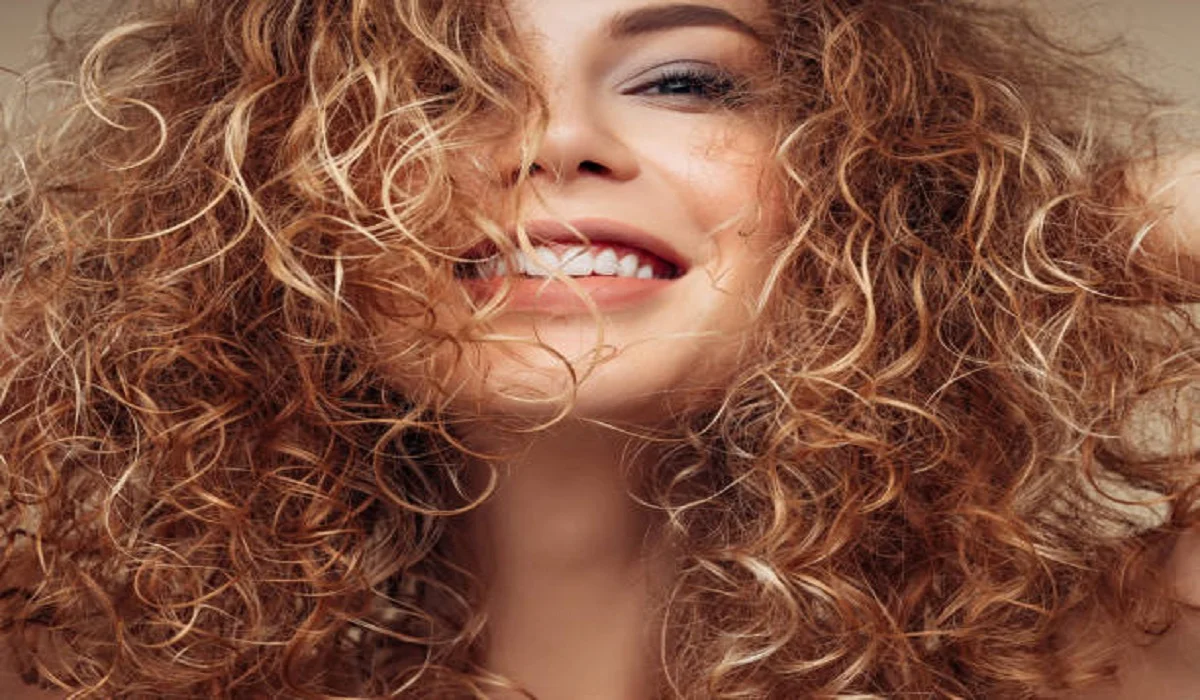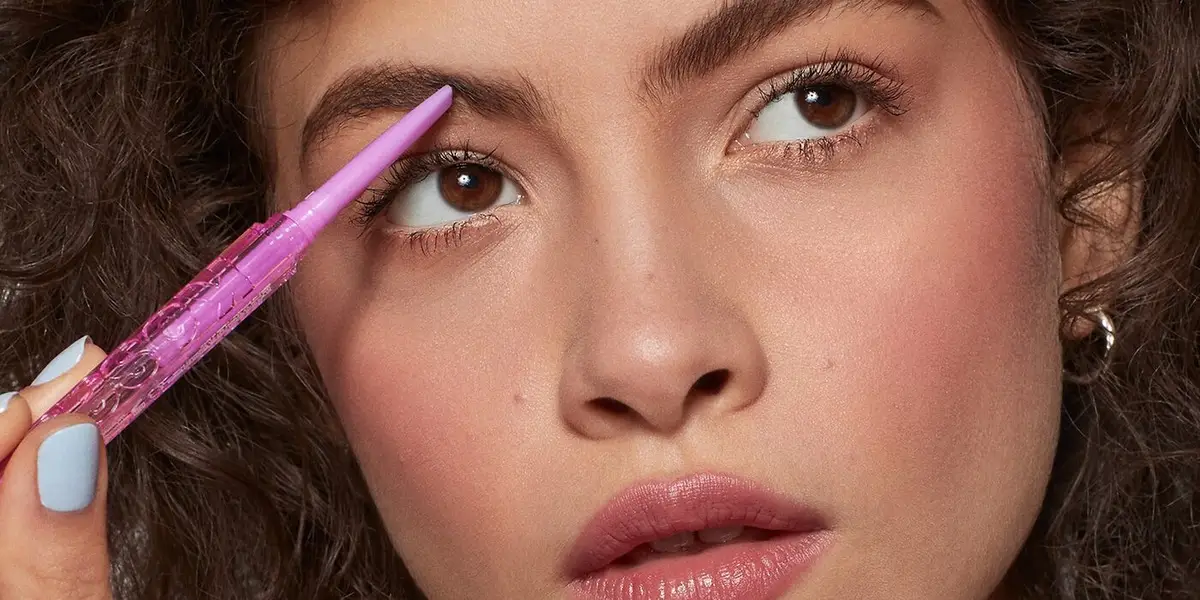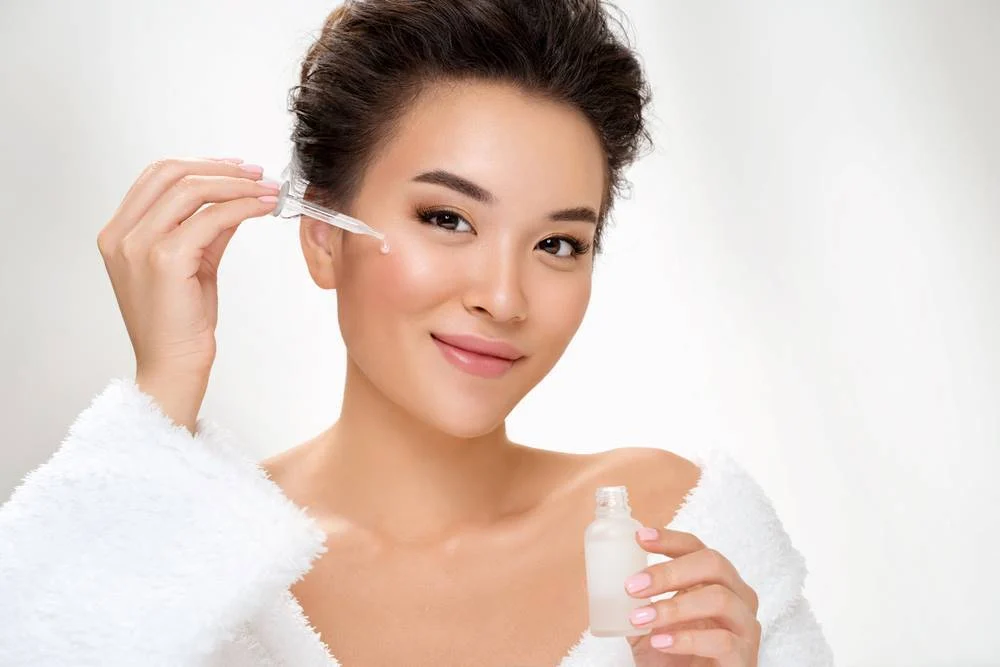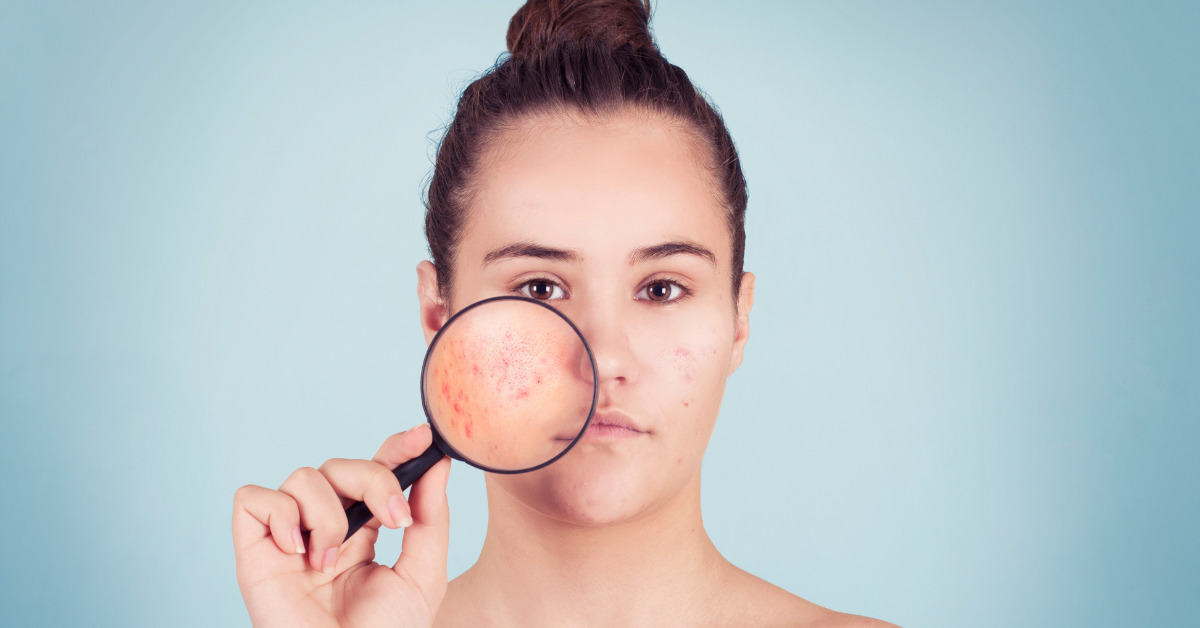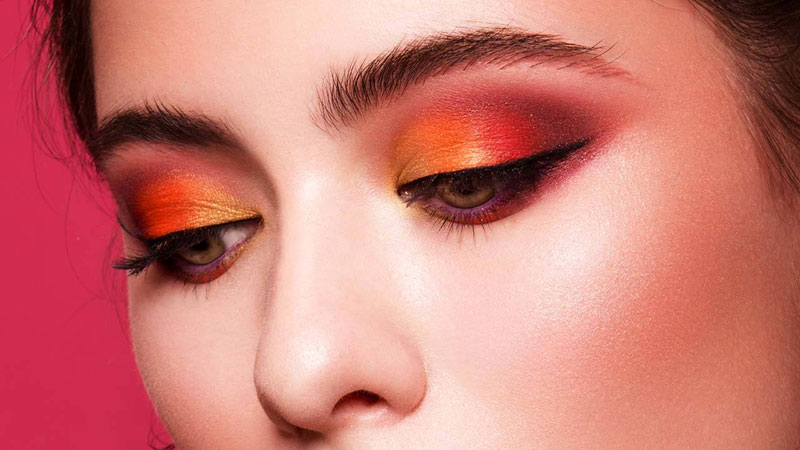
The inner corner eyeliner trend has taken the beauty world by storm, adding a touch of brightness and glamour to any eye look. This trendy technique involves applying eyeliner to the inner corners of the eyes to create a wide-eyed and radiant appearance. Whether you’re a makeup enthusiast or a beginner, mastering the inner corner eyeliner is simple and can elevate your eye makeup game instantly. In this comprehensive guide, we will walk you through the three easy steps to pull off the inner corner eyeliner trend flawlessly.
Step 1: Gather the Right Tools and Products
Before you start applying the inner corner eyeliner, ensure you have the right tools and products on hand:
A fine-tipped eyeliner brush or a precision eyeliner pencil: Choose a brush or pencil with a fine tip to create precise lines in the inner corners of your eyes.
Gel eyeliner or liquid eyeliner: These formulas work best for achieving clean and defined lines in the inner corners.
Eyeshadow primer or concealer: Prepping your eyelids with a primer or concealer will ensure the eyeliner stays in place and enhances its color intensity.
Setting powder or eyeshadow: A setting powder or eyeshadow close to your skin tone will set the primer or concealer and prevent creasing.
Optional: Shimmery or metallic eyeshadow: If you want to add a pop of sparkle to your inner corner, opt for a shimmery or metallic eyeshadow in a complementary shade.
Step 2: Prep and Prime the Inner Corners
Prepping your inner corners is essential to ensure a smooth application and enhance the longevity of the eyeliner.
Cleanse your face and eyes: Start with a clean canvas by thoroughly cleansing your face and removing any makeup residue from your eyes.
Apply eyeshadow primer or concealer: Gently dab a small amount of eyeshadow primer or concealer on the inner corners of your eyes using your fingertips or a small brush. Blend it evenly to create a smooth base for the eyeliner.
Set the primer or concealer: Dust a setting powder or a neutral eyeshadow close to your skin tone over the primed area. This step will set the base and prevent creasing.

Step 3: Apply the Inner Corner Eyeliner
Now that your inner corners are prepped and ready, follow these steps to achieve the perfect inner corner eyeliner look:
Choose your eyeliner color: You can opt for classic black for a bold and defined look, or you can experiment with colored eyeliners to add a fun and unique twist.
Dip your brush or eyeliner pencil into the gel or liquid eyeliner: Ensure the brush or pencil is coated evenly with the product.
Create the inner corner line: For a subtle and natural look, start by drawing a thin line along the inner corners of your eyes. Begin from the tear ducts and extend the line slightly outwards. For a more dramatic and elongated look, extend the line further towards the middle of your eyelids.
Blend or smudge (optional): If you prefer a softer effect, you can gently blend or smudge the eyeliner with a cotton swab or a smudging brush.
Add shimmer (optional): For a touch of glam, lightly dab a shimmery or metallic eyeshadow on top of the eyeliner in the inner corners.
Complete your eye makeup: Finish your eye makeup with mascara, eyeshadow, and any other eye products you typically use.
Tips for Nailing the Inner Corner Eyeliner Trend:
Less is more: Start with a thin line and gradually build up the thickness if you desire a bolder look. It’s easier to add more eyeliner than to remove excess product.
Match your eye shape: Consider your eye shape when applying the inner corner eyeliner. For close-set eyes, focus on the outer corners; for wide-set eyes, emphasize the inner corners.
Experiment with different colors: Don’t shy away from experimenting with colored eyeliners. Pastels, metallics, or jewel tones can add a playful and trendy touch to your eye makeup.
Balance with the rest of your makeup: Keep the rest of your makeup relatively simple to let the inner corner eyeliner take center stage.
Practice makes perfect: If you’re new to eyeliner application, don’t be discouraged by any initial challenges. Practice regularly to refine your technique.
The inner corner eyeliner trend is a fantastic way to brighten up your eye makeup and enhance your overall look. By following these simple steps and experimenting with different colors and techniques, you can easily pull off this trendy and glamorous eye makeup style. Remember to prep and prime your inner corners, choose the right eyeliner color, and keep a steady hand while applying the eyeliner. Whether you’re going for a subtle glow or a dramatic statement, mastering the inner corner eyeliner trend will undoubtedly add a touch of magic to your eye makeup repertoire.



